Home>Technology>Security & Surveillance>How To Lock An Oven Door
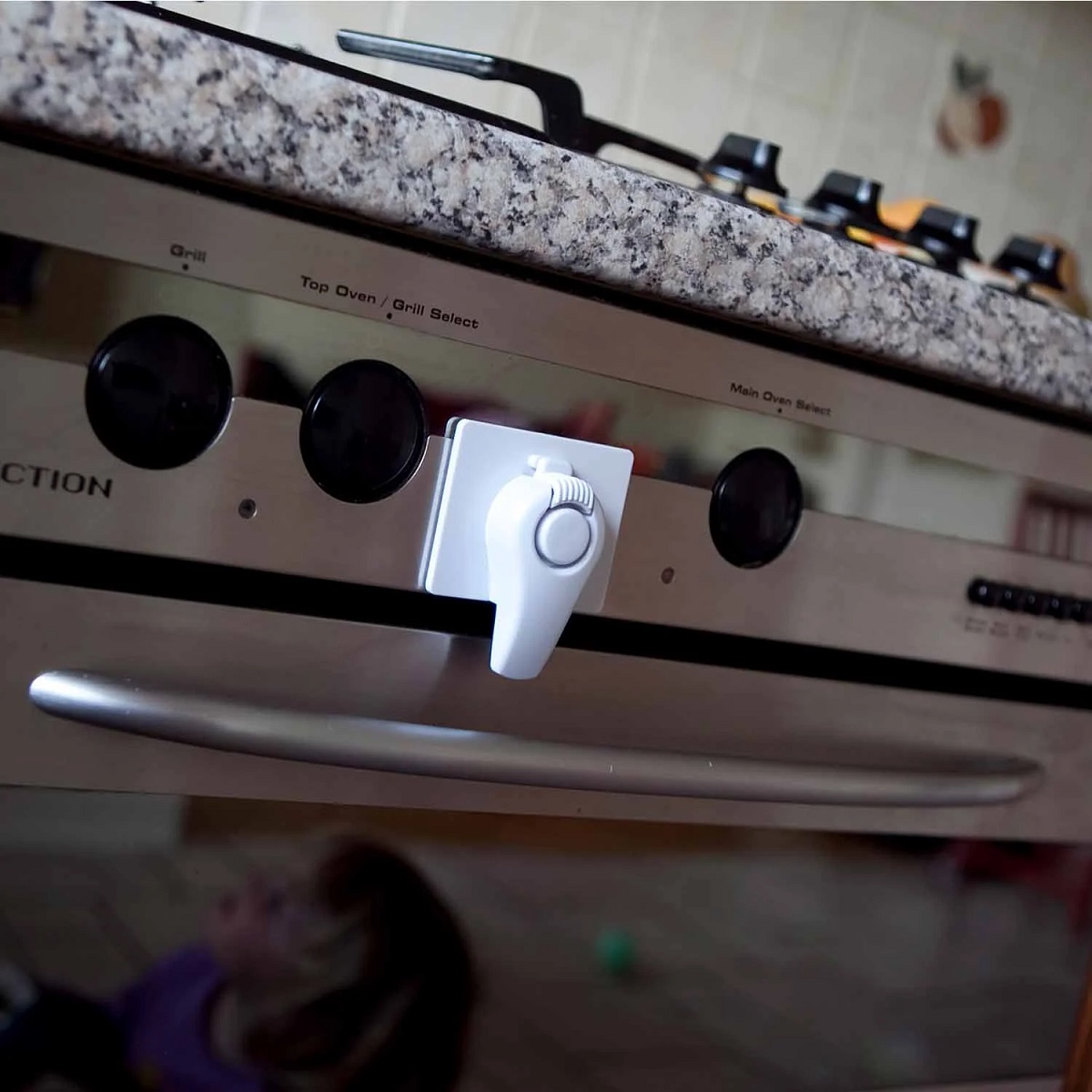

Security & Surveillance
How To Lock An Oven Door
Modified: February 29, 2024
Learn how to properly lock your oven door for enhanced security and surveillance. Get step-by-step instructions and tips for securing your oven. Protect your home with these simple measures.
(Many of the links in this article redirect to a specific reviewed product. Your purchase of these products through affiliate links helps to generate commission for Storables.com, at no extra cost. Learn more)
Introduction
Welcome to a comprehensive guide on how to lock an oven door. Ovens are essential appliances in our kitchens, serving as the heart of culinary creativity and the source of delicious meals. However, there are instances when it becomes necessary to secure the oven door, whether for safety reasons, cleaning, or maintenance. In this guide, we will walk through the process of safely and effectively locking an oven door, ensuring that you can carry out the task with confidence and ease.
Locking an oven door is an important safety measure, especially in households with young children or pets. By understanding the steps and precautions involved, you can prevent accidents and ensure a secure environment in your kitchen. Whether you have a traditional oven or a modern, high-tech model, this guide will provide you with the knowledge and skills to lock and unlock the oven door as needed.
Before we delve into the specific steps, it's crucial to emphasize the significance of safety precautions when dealing with kitchen appliances. Always prioritize your well-being and that of those around you. By following the guidelines outlined in this article, you will not only learn how to lock an oven door effectively but also gain valuable insights into maintaining a safe and secure kitchen environment. So, let's embark on this informative journey and discover the essential techniques for locking and unlocking your oven door.
Key Takeaways:
- Always prioritize safety when locking or unlocking an oven door. Follow the manufacturer’s guidelines, use heat-resistant gloves, and ensure the oven is powered off to prevent accidents and promote a secure kitchen environment.
- Regularly inspect and maintain the oven door and its locking mechanism to ensure reliable functionality. Keep children and pets away during the locking process and avoid forceful actions to prevent damage.
Read more: How To Lock GE Oven Door
Safety Precautions
Before undertaking any task related to kitchen appliances, it is crucial to prioritize safety. When it comes to locking an oven door, certain precautions must be observed to prevent accidents and ensure a smooth process. Here are some essential safety measures to keep in mind:
- Power Off: Always ensure that the oven is powered off and unplugged before attempting to lock the oven door. This minimizes the risk of electric shock and ensures that the appliance is not in operation during the locking process.
- Cooling Period: If the oven has been in use, allow it to cool down before attempting to lock the door. High temperatures can pose a burn hazard, so it is essential to exercise caution and wait for the oven to reach a safe temperature.
- Read the Manual: Refer to the manufacturer’s manual for specific instructions regarding your oven model. Different ovens may have unique locking mechanisms, and understanding the manufacturer’s guidelines is crucial for safe operation.
- Protective Gear: Consider wearing heat-resistant gloves when engaging with the oven door, especially if there is a possibility of residual heat. This provides an extra layer of protection against burns or discomfort.
- Keep Clear Space: Ensure that the area around the oven is clear of any obstructions or hazards. This prevents tripping or knocking into objects while focusing on locking the oven door.
By adhering to these safety precautions, you can approach the task of locking the oven door with confidence and peace of mind. Prioritizing safety not only safeguards you from potential hazards but also promotes a responsible and secure approach to household tasks. With these precautions in place, you are ready to proceed with locking the oven door effectively and safely.
Tools and Materials Needed
Before embarking on the process of locking an oven door, it’s essential to gather the necessary tools and materials to ensure a smooth and efficient experience. While the specific requirements may vary based on the type and model of your oven, the following are commonly needed items to facilitate the locking process:
- Owner’s Manual: The manufacturer’s manual for your oven provides valuable insights into the locking mechanism and specific instructions for your appliance. It serves as a crucial reference point for understanding the intricacies of your oven’s door lock.
- Cleaning Cloth: A clean, dry cloth may be required to wipe down the oven door or surrounding areas before engaging the lock. This ensures that the locking mechanism is free from any debris or food particles, promoting smooth operation.
- Heat-Resistant Gloves: In instances where the oven may still retain heat, heat-resistant gloves provide protection against potential burns while handling the door and lock mechanism. Safety should always be a priority when dealing with kitchen appliances.
- Flashlight: A flashlight can be useful for illuminating the oven’s interior, especially if the locking mechanism is located in a less visible area. It aids in locating and understanding the components involved in the locking process.
- Unplugging Tool (if applicable): For ovens that require unplugging before engaging the lock, a suitable unplugging tool or access to the power outlet is necessary to safely disconnect the appliance from the power source.
By ensuring that you have these tools and materials on hand, you can streamline the process of locking the oven door and address any potential challenges that may arise during the task. Preparation is key to a successful outcome, and having the right resources at your disposal sets the stage for a safe and efficient locking process.
Step 1: Turn Off the Oven
The first step in locking an oven door is to ensure that the appliance is completely powered off. This is a critical safety measure that minimizes the risk of electric shock and prevents the oven from operating during the locking process. Follow these simple yet crucial steps to power off your oven:
- Check the Display: If your oven has a digital display or control panel, verify that it is not indicating any active cooking functions or preheating cycles. If the display shows any active status, proceed to turn off the oven using the control panel or power button.
- Unplug the Oven (if applicable): In some cases, it may be necessary to unplug the oven from the power outlet to ensure complete disconnection from the electrical supply. If your oven requires unplugging before engaging the door lock, carefully pull the plug from the outlet and set it aside in a safe location.
- Confirm Power-Off Status: Once the oven is unplugged or powered off using the control panel, double-check that the display is blank and there are no signs of electrical activity. This step provides assurance that the oven is safely deactivated and ready for the subsequent locking process.
By diligently following these steps to power off the oven, you create a secure environment for engaging the door lock without the risk of electrical hazards or interference from active cooking functions. Prioritizing the power-off procedure sets the stage for a smooth and safe locking process, ensuring that you can proceed with confidence and peace of mind.
Step 2: Locate the Oven Door Lock
Once the oven is safely powered off, the next step in the process of locking the oven door is to locate the specific mechanism responsible for securing the door. The location and type of door lock may vary depending on the design and model of your oven. Here are the general steps to help you identify and locate the oven door lock:
- Refer to the Owner’s Manual: Consult the manufacturer’s manual for your oven to gain insights into the location and type of door lock used in your appliance. The manual often provides detailed diagrams and descriptions to help you pinpoint the lock’s position.
- Inspect the Oven Door: Examine the oven door and its surrounding areas to identify any visible locking mechanisms or indicators. Some ovens feature a prominent lever or switch that engages the door lock, while others may have a less conspicuous locking mechanism.
- Check the Control Panel: For modern ovens with digital controls, the door lock may be activated and monitored through the control panel. Look for any lock symbols or specific buttons dedicated to engaging and disengaging the oven door lock.
- Explore the Oven Interior: In certain oven models, the door lock mechanism may be located inside the oven cavity, near the top, bottom, or sides. Use a flashlight to illuminate the interior and carefully inspect for any visible components related to the door lock.
By following these steps, you can effectively identify and locate the oven door lock, setting the stage for the subsequent engagement of the locking mechanism. Understanding the position and nature of the lock enhances your confidence in proceeding with the locking process, ensuring that you can navigate the task with clarity and precision.
Before locking the oven door, make sure the oven is turned off and cool. Look for a small lever or switch near the door and slide it into the locked position. If there is no lock, consult the oven’s manual for specific instructions.
Read more: How To Lock Whirlpool Oven Door
Step 3: Engage the Oven Door Lock
With the oven powered off and the door lock located, it’s time to engage the locking mechanism to secure the oven door. The specific method for engaging the door lock may vary based on the type and model of your oven. Follow these general guidelines to effectively activate the oven door lock:
- Follow Manufacturer’s Instructions: Refer to the owner’s manual for your oven to understand the recommended procedure for engaging the door lock. Different ovens may require specific steps or actions to activate the lock, and the manual serves as a valuable resource for tailored instructions.
- Activate the Locking Mechanism: Depending on your oven’s design, engage the door lock using the designated lever, switch, or control panel function. Follow any outlined steps or visual indicators to ensure that the lock is securely engaged and holding the oven door in a locked position.
- Observe Lock Confirmation: Once the door lock is activated, visually confirm that the oven door is securely locked in place. Some ovens feature visual or audible cues to indicate that the door is locked, providing reassurance that the locking mechanism has been successfully engaged.
- Exercise Caution and Patience: Take care to engage the door lock methodically and avoid applying excessive force. Patience and attentiveness during this step contribute to a smooth and safe locking process, minimizing the risk of mishaps or damage to the oven door.
By carefully following these steps, you can effectively engage the oven door lock, ensuring that the door is securely and safely locked in place. Understanding the nuances of your specific oven model and adhering to the manufacturer’s guidelines fosters a confident and informed approach to activating the locking mechanism, setting the stage for a secure oven door.
Step 4: Test the Lock
After engaging the oven door lock, it is essential to perform a thorough test to ensure that the locking mechanism is functioning as intended. This step is crucial for verifying the security and stability of the locked oven door. Follow these steps to effectively test the lock and confirm its reliability:
- Attempt to Open the Door: Gently attempt to open the oven door to assess the resistance provided by the locking mechanism. Apply light pressure to the door handle or control and confirm that the door remains securely locked, resisting any attempts to open it.
- Listen for Audible Cues: Some ovens emit audible signals or clicks when the door lock is engaged or disengaged. Listen for any confirmation sounds that indicate the successful locking of the oven door, providing additional reassurance of the lock’s functionality.
- Visual Inspection: Carefully inspect the oven door to ensure that the locking mechanism is visibly engaged, such as observing a locked position indicator or the alignment of the door with the oven frame. Visual confirmation enhances your confidence in the security of the locked door.
- Check Control Panel Status: If your oven features a digital control panel, verify that the display indicates the locked status of the oven door. Some models provide on-screen notifications or symbols to signify the engaged door lock, serving as a convenient confirmation method.
By meticulously testing the lock through these steps, you can verify the effectiveness and reliability of the oven door lock, ensuring that the door remains securely sealed during the locked state. Thorough testing provides peace of mind and confidence in the functionality of the locking mechanism, setting the stage for a safe and secure oven door.
Step 5: Unlocking the Oven Door
When the time comes to unlock the oven door, whether for cooking, cleaning, or maintenance purposes, it is essential to follow a systematic approach to safely disengage the locking mechanism. Unlocking the oven door requires careful attention to detail and adherence to specific procedures. Follow these steps to effectively unlock the oven door:
- Refer to the Owner’s Manual: Consult the manufacturer’s manual for your oven to understand the recommended procedure for unlocking the door. Different ovens may require specific steps or actions to disengage the lock, and the manual serves as a valuable resource for tailored instructions.
- Deactivate the Lock: Depending on your oven’s design, disengage the door lock using the designated lever, switch, or control panel function. Follow any outlined steps or visual indicators to ensure that the lock is safely released and the oven door is ready to be opened.
- Confirm Unlock Status: Once the door lock is disengaged, visually confirm that the oven door is no longer in a locked position. Verify that any visual or audible cues indicating the locked status have ceased, providing reassurance that the locking mechanism has been successfully released.
- Open the Oven Door: With the lock disengaged, gently open the oven door to ensure that it moves freely and without resistance. Exercise caution and attentiveness during this step to prevent any unexpected movements or disturbances.
By carefully following these steps, you can effectively unlock the oven door, ensuring that the disengagement of the locking mechanism is carried out safely and reliably. Understanding the nuances of your specific oven model and adhering to the manufacturer’s guidelines fosters a confident and informed approach to unlocking the oven door, setting the stage for a seamless transition to the unlocked state.
Additional Tips and Warnings
As you navigate the process of locking and unlocking your oven door, consider the following additional tips and warnings to enhance your safety and overall experience:
- Regular Maintenance: Periodically inspect the oven door and its locking mechanism for any signs of wear, damage, or malfunction. Addressing maintenance issues promptly ensures the continued reliability of the door lock and promotes safe operation of the oven.
- Keep Children and Pets Away: When engaging the oven door lock, ensure that young children and pets are kept at a safe distance to prevent accidental interference with the locking process. Supervision and clear boundaries contribute to a secure environment during oven maintenance.
- Avoid Forceful Actions: When engaging or disengaging the oven door lock, refrain from applying excessive force or using tools that may damage the locking mechanism. Gentle and deliberate actions minimize the risk of damage to the oven door and its components.
- Heat Awareness: If the oven has been recently used, exercise caution when engaging the door lock, as residual heat may be present. Use heat-resistant gloves when necessary and allow the oven to cool down before interacting with the door and lock.
- Follow Manufacturer’s Guidelines: Adhere to the specific instructions provided by the oven manufacturer for locking and unlocking the door. Different oven models may have unique features and requirements, and following the manufacturer’s guidelines promotes safe and effective operation.
By incorporating these tips and heeding the associated warnings, you can enhance the safety and efficiency of locking and unlocking your oven door. Prioritizing regular maintenance, safety precautions, and adherence to manufacturer’s guidelines contributes to a secure and reliable oven door locking experience, ensuring a smooth and worry-free operation of your kitchen appliance.
Read more: How To Turn Off Door Lock On Frigidaire Oven
Conclusion
Locking and unlocking an oven door is a fundamental aspect of maintaining a safe and functional kitchen environment. By following the comprehensive steps outlined in this guide, you have gained valuable insights into the process of effectively securing and releasing the oven door lock. Prioritizing safety precautions, understanding the location of the locking mechanism, and following manufacturer’s guidelines are essential components of a successful oven door locking experience.
It is crucial to approach the task with patience, attentiveness, and a commitment to safety. By adhering to the recommended procedures and taking into account the additional tips and warnings provided, you can ensure the reliable functionality of the oven door lock while safeguarding the well-being of those in the vicinity.
Whether you are locking the oven door to prevent access by young children, secure the appliance during cleaning, or engage the self-cleaning function, the knowledge and skills acquired through this guide empower you to navigate the process with confidence and ease.
Remember to regularly inspect and maintain the oven door and its locking mechanism to uphold its reliability and safety. By integrating these practices into your routine, you contribute to a secure and efficient kitchen environment, promoting peace of mind and a seamless culinary experience.
With a clear understanding of the steps involved in locking and unlocking the oven door, you are well-equipped to manage this essential aspect of oven maintenance and safety. Embrace the knowledge gained from this guide as you engage with your oven, and may your culinary endeavors be accompanied by the assurance of a securely locked and well-maintained appliance.
Frequently Asked Questions about How To Lock An Oven Door
Was this page helpful?
At Storables.com, we guarantee accurate and reliable information. Our content, validated by Expert Board Contributors, is crafted following stringent Editorial Policies. We're committed to providing you with well-researched, expert-backed insights for all your informational needs.
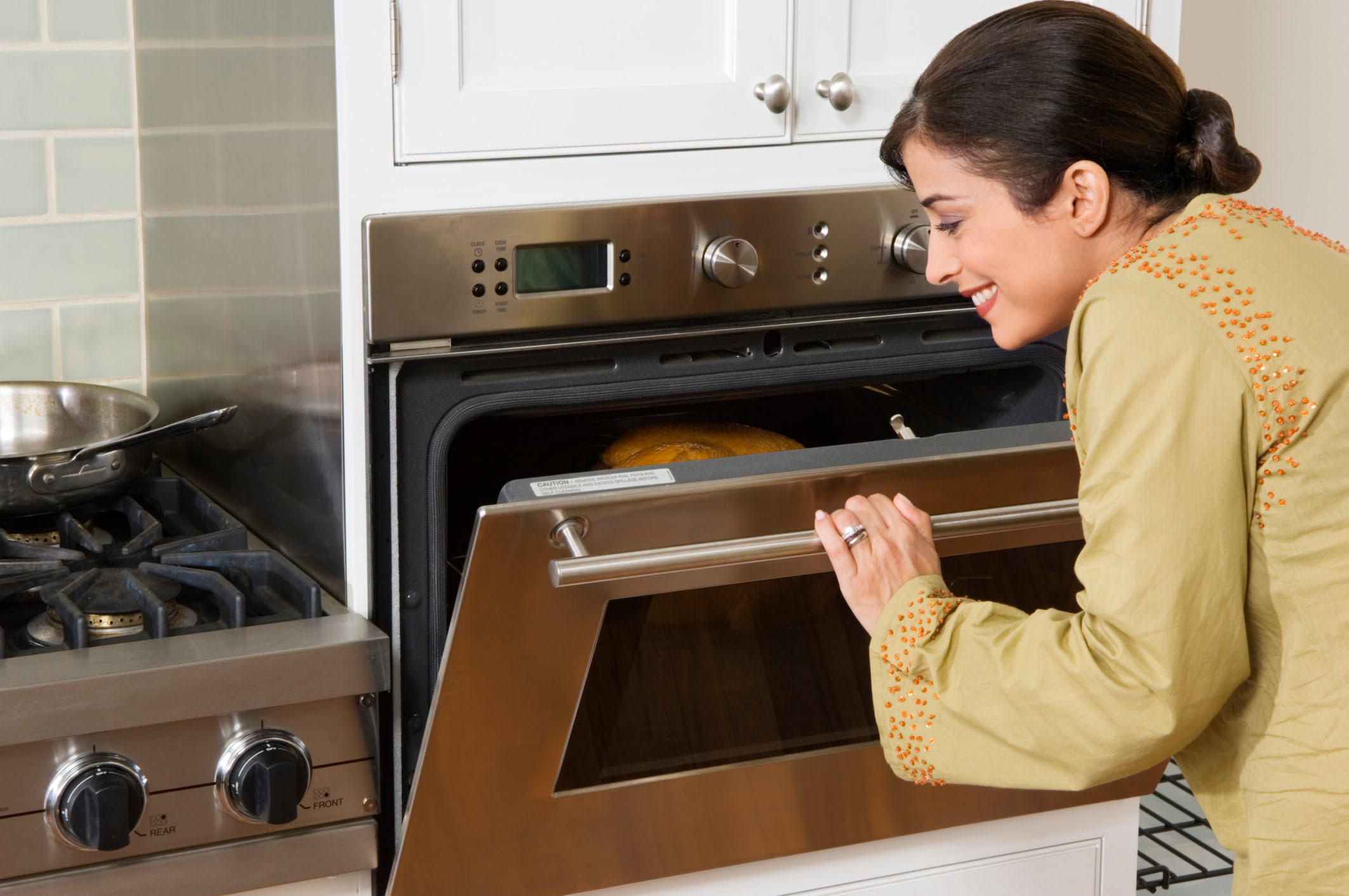
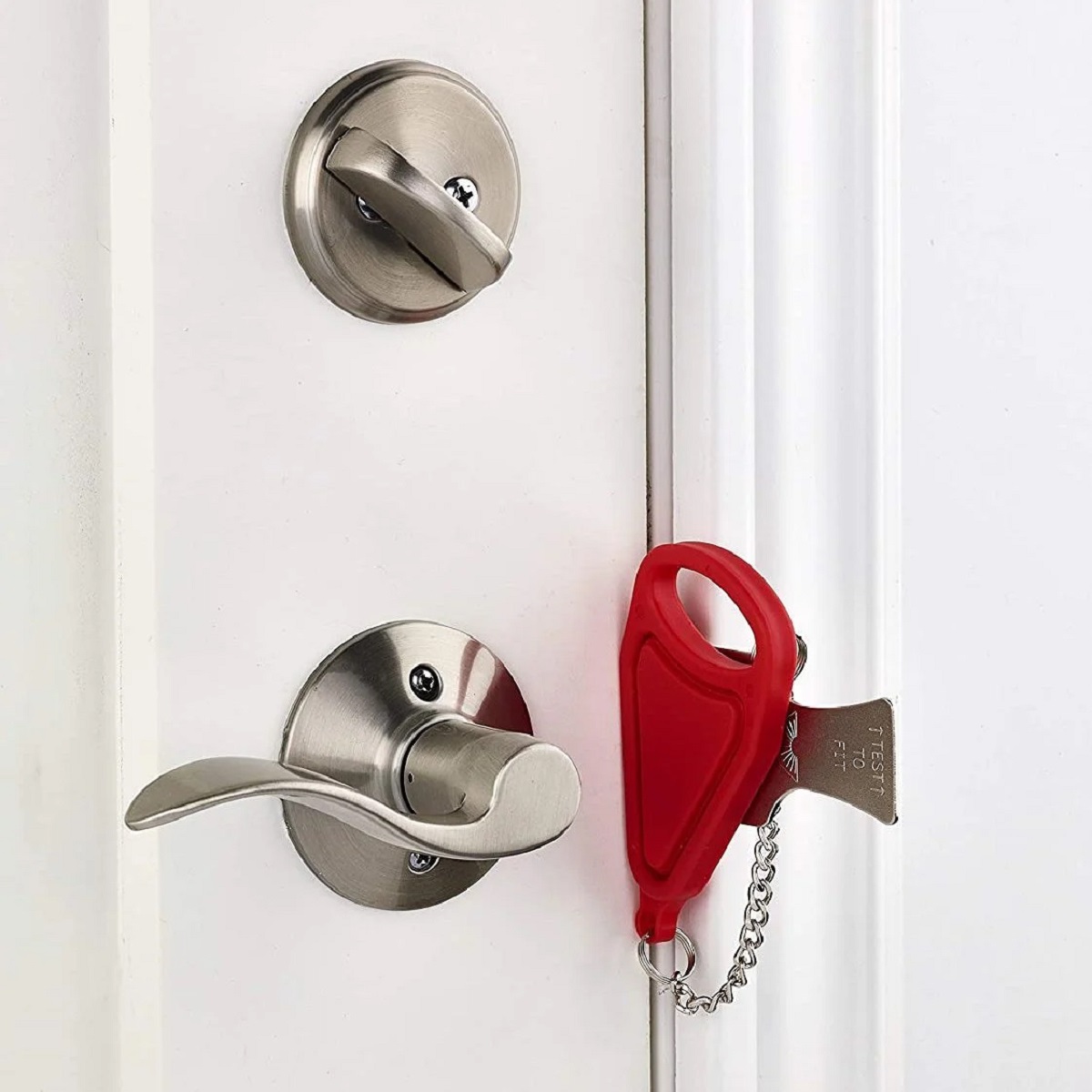
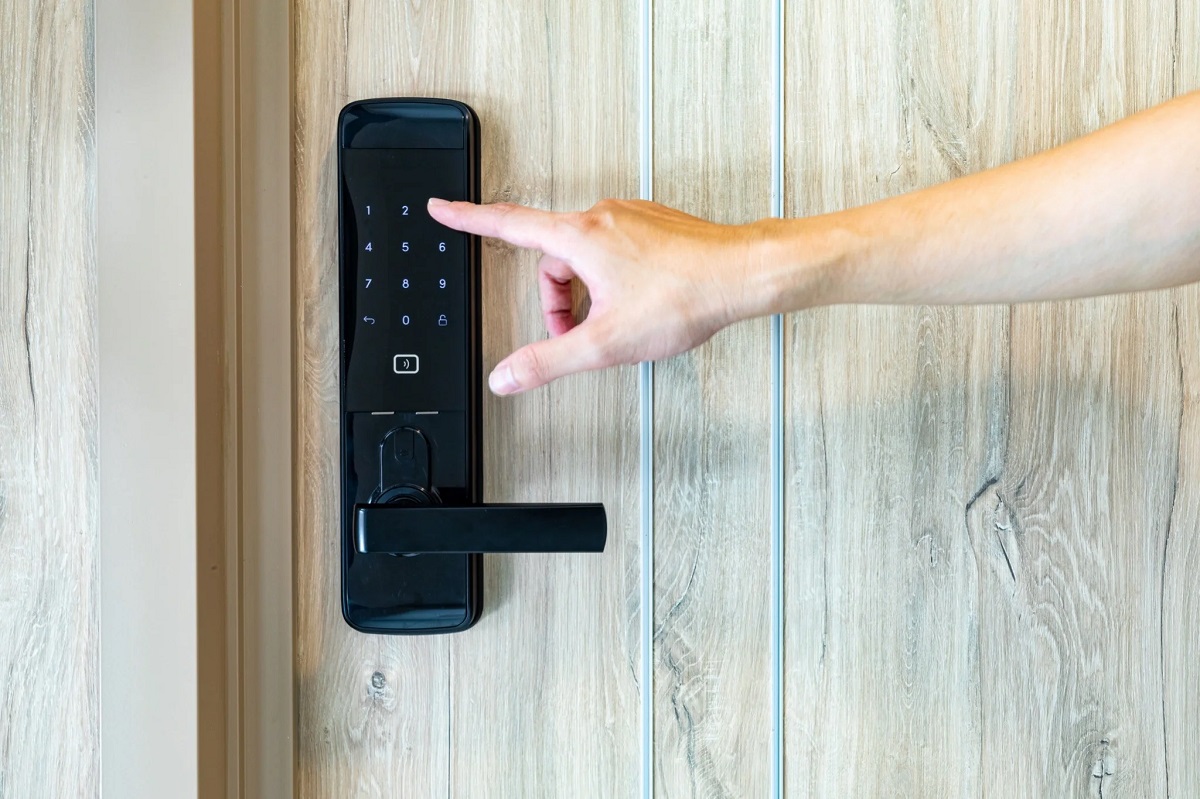
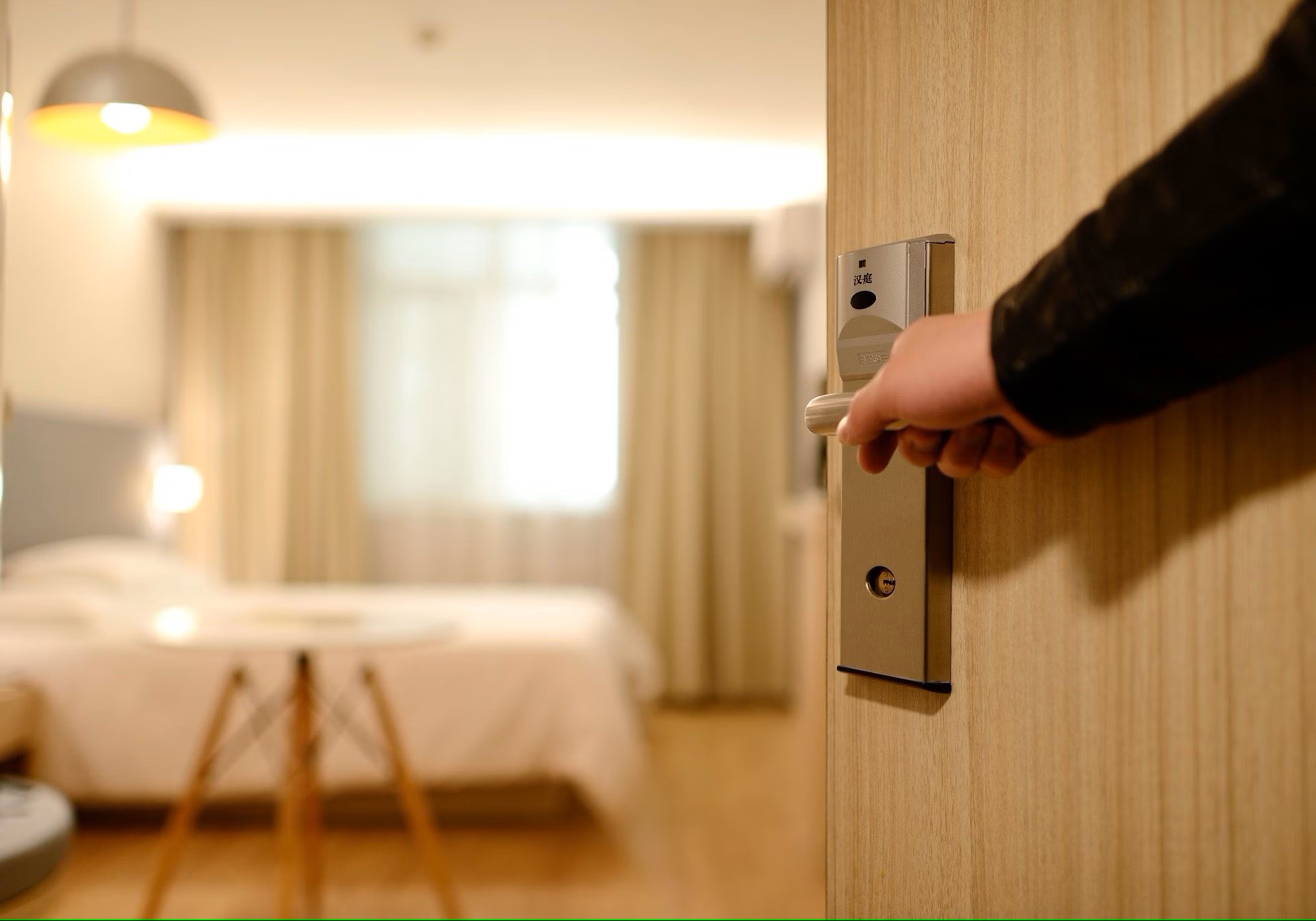
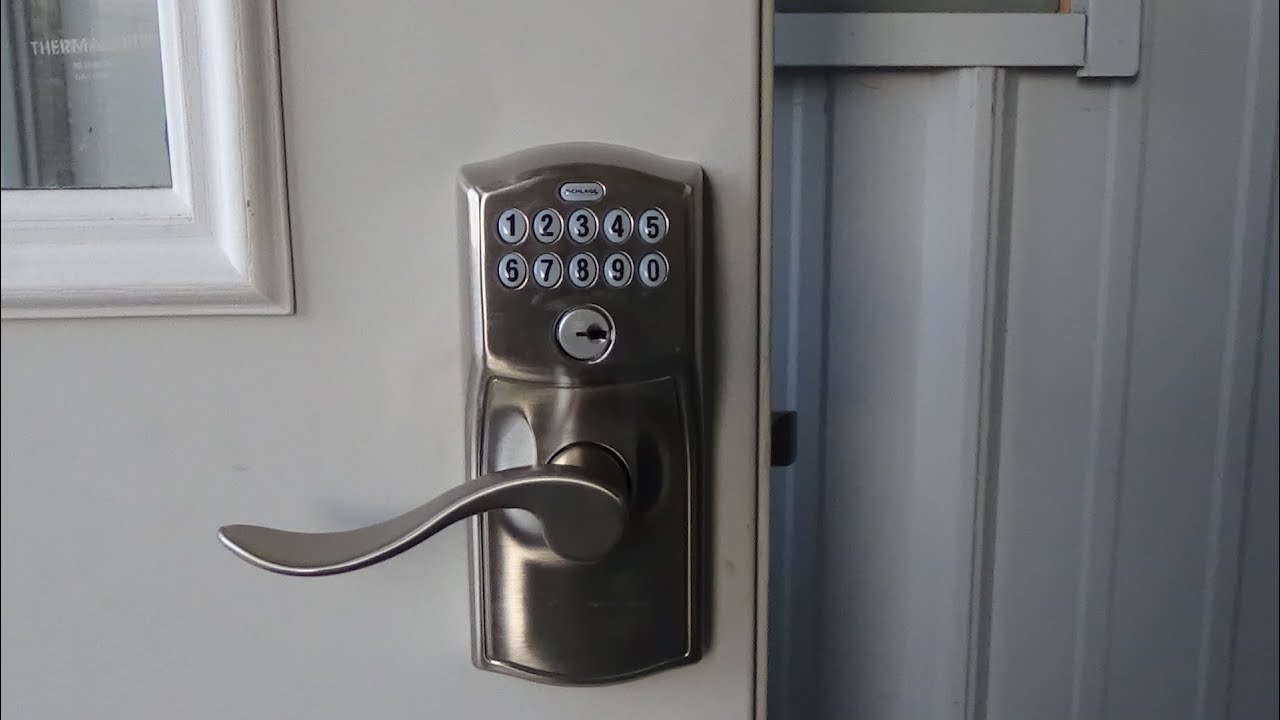
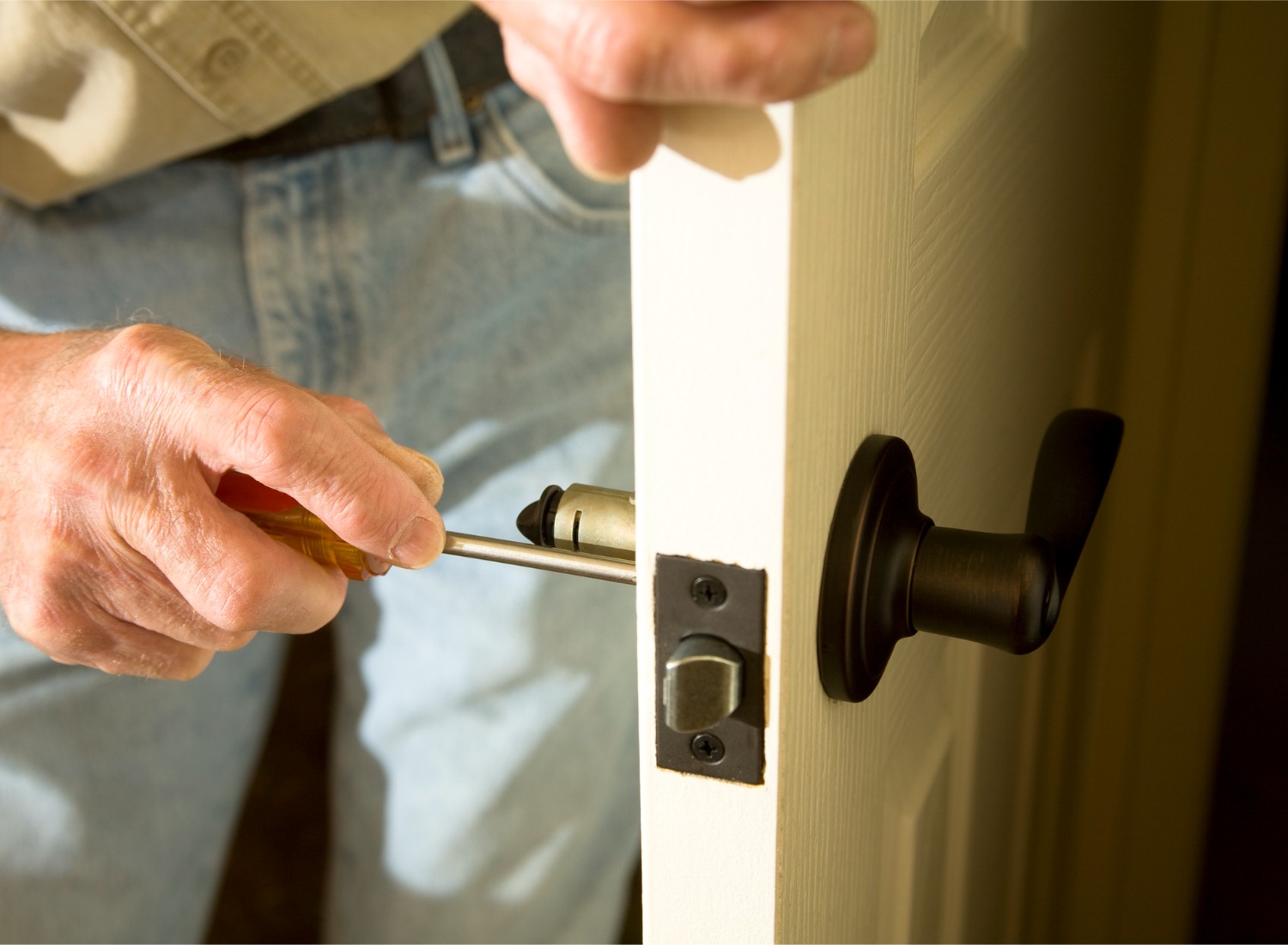
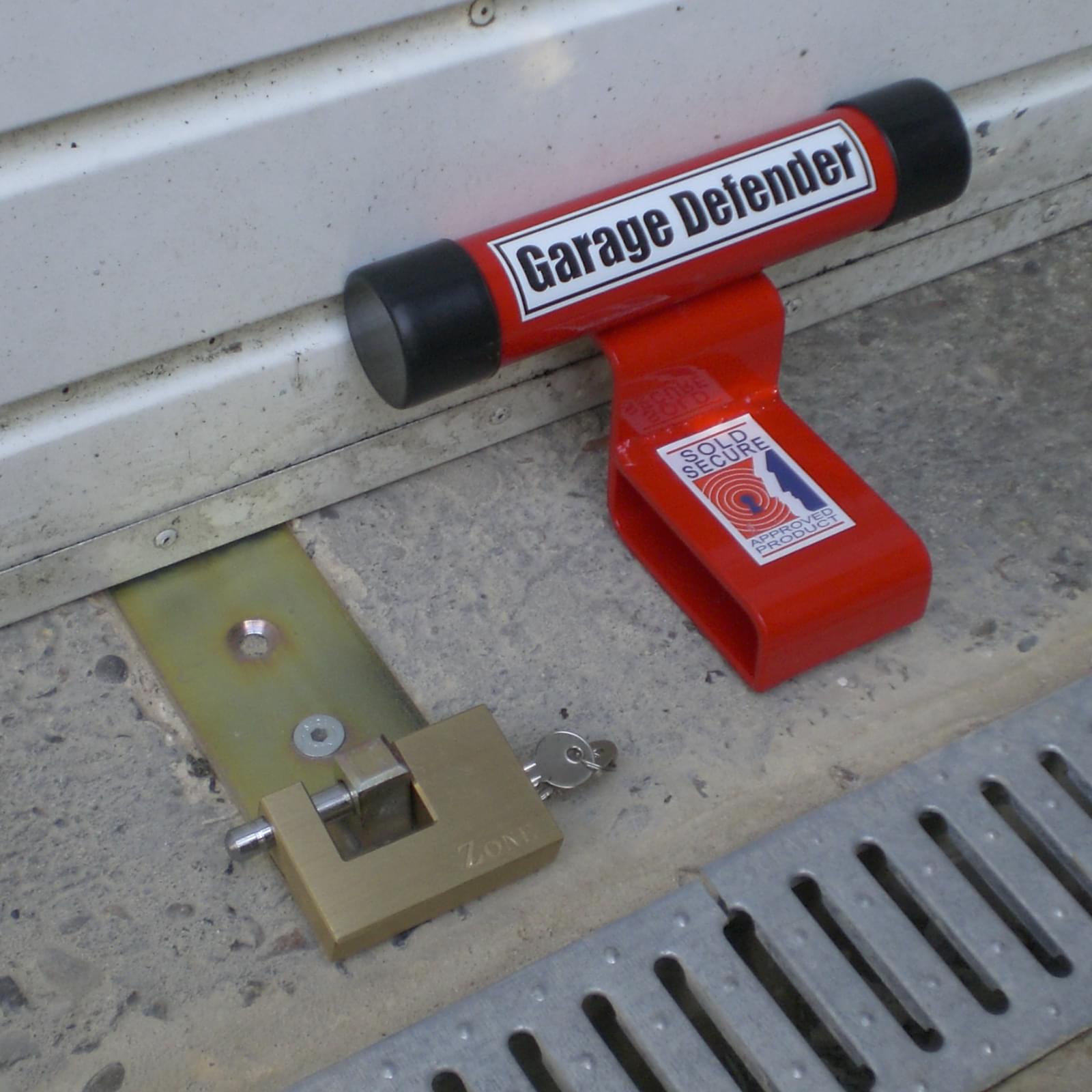
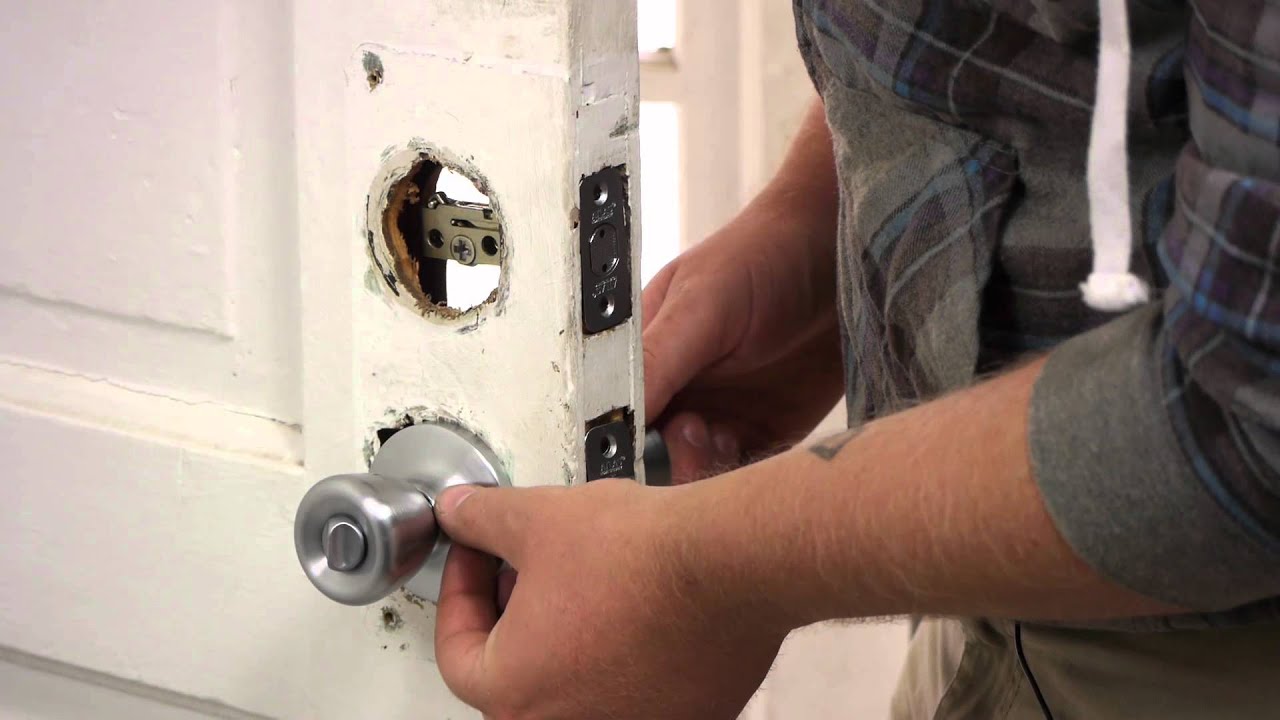
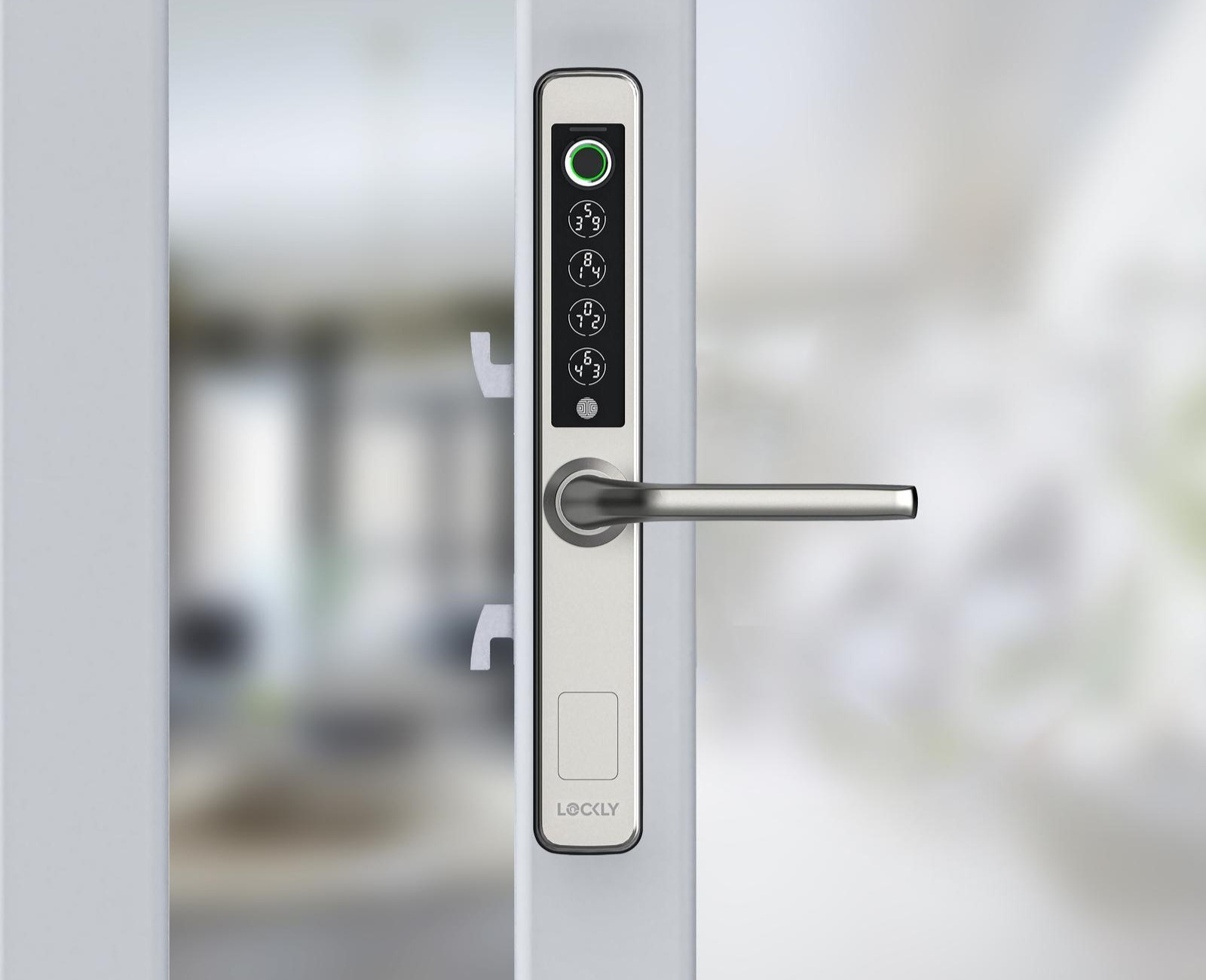
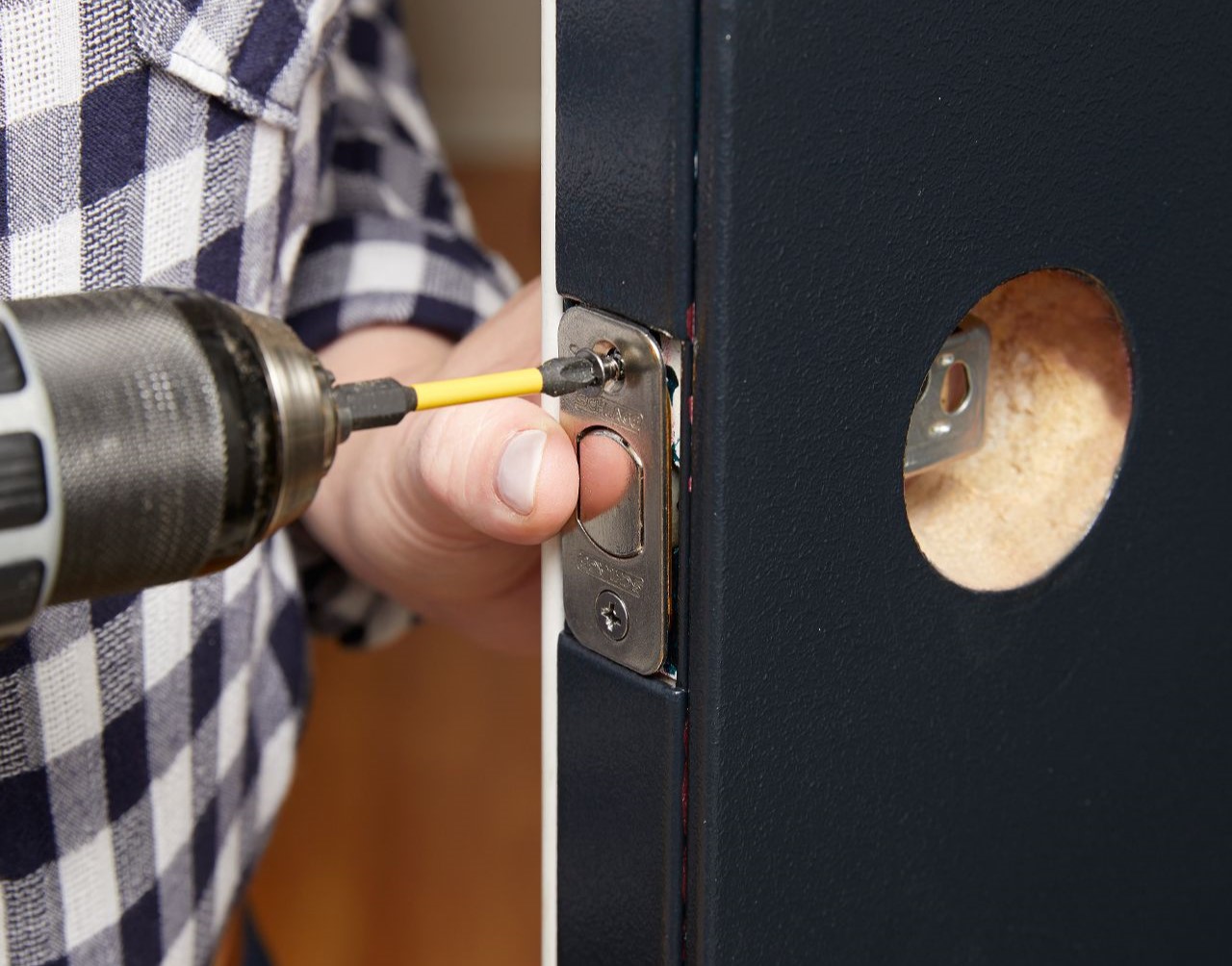
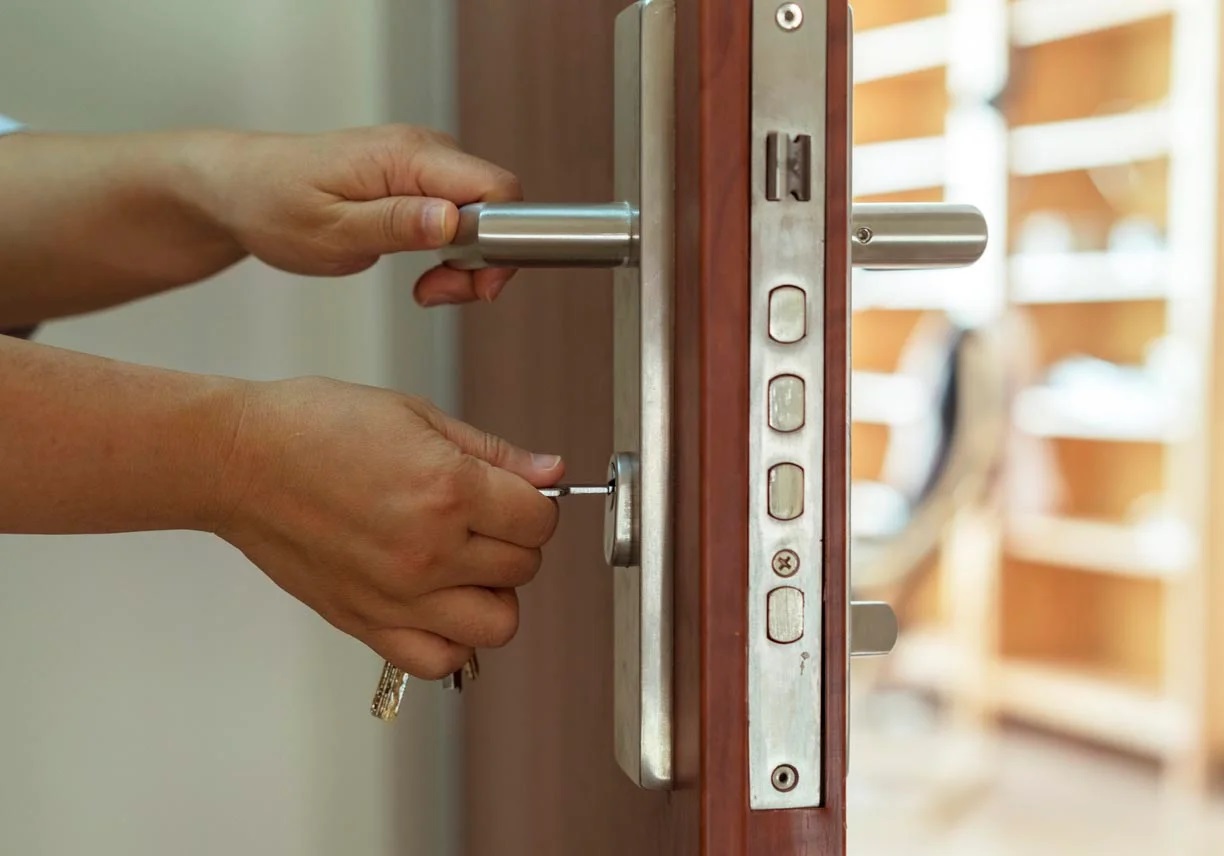
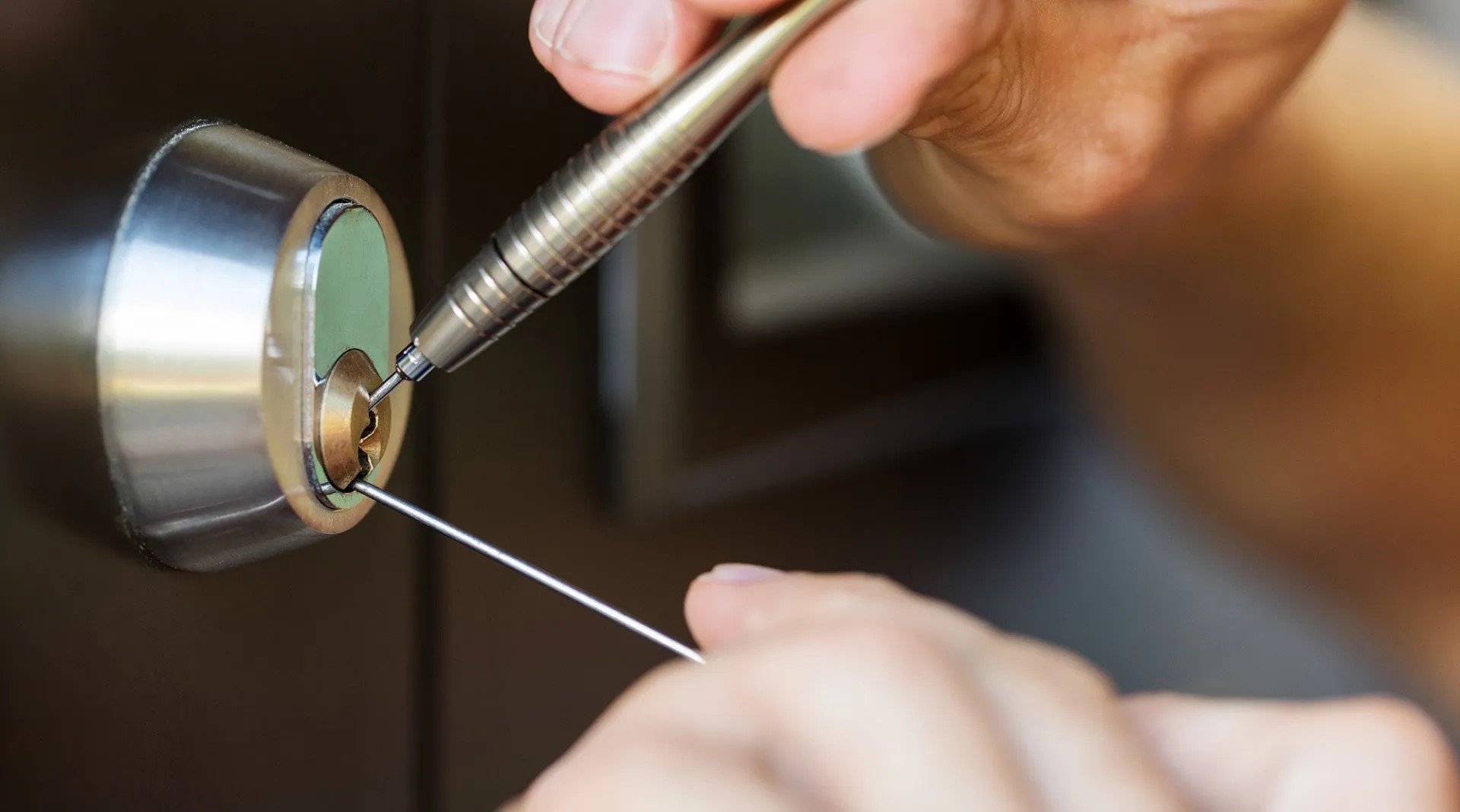
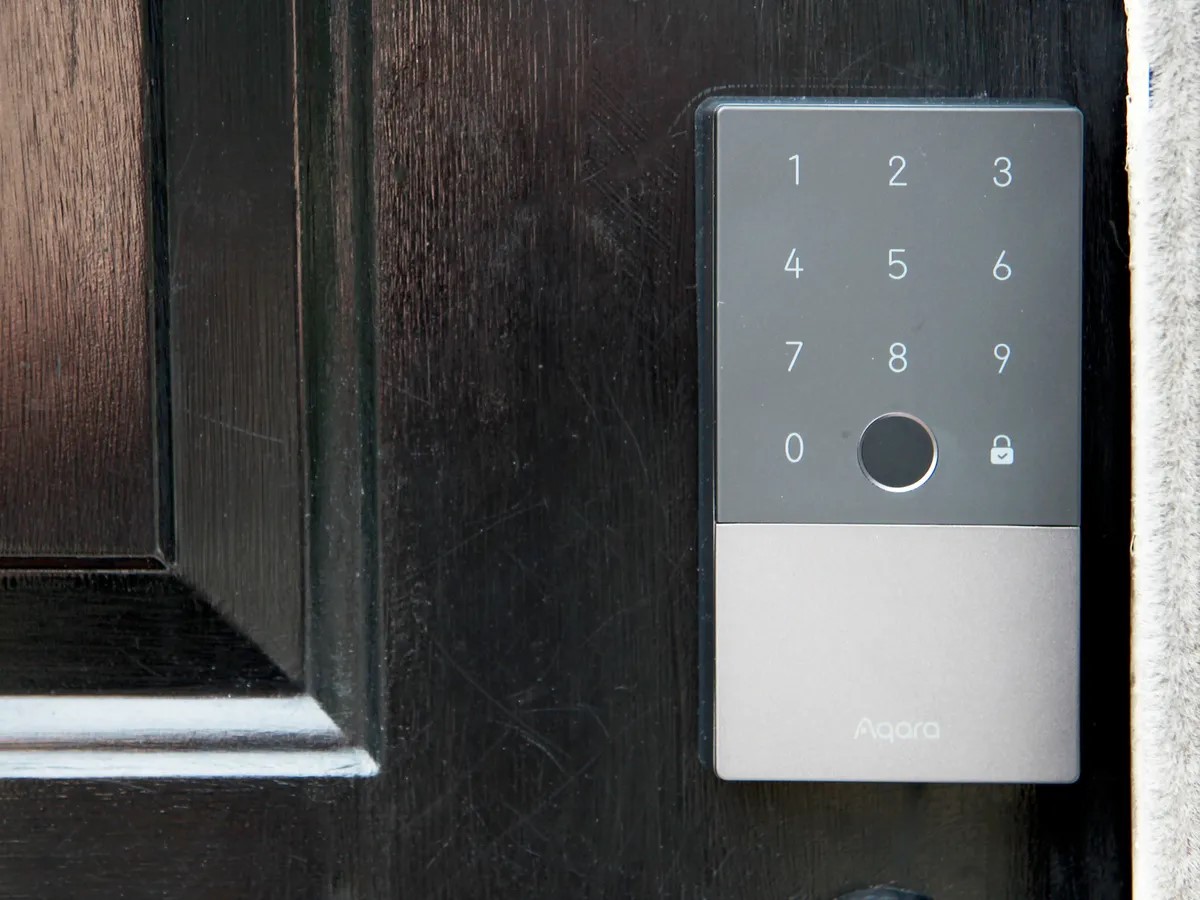

0 thoughts on “How To Lock An Oven Door”